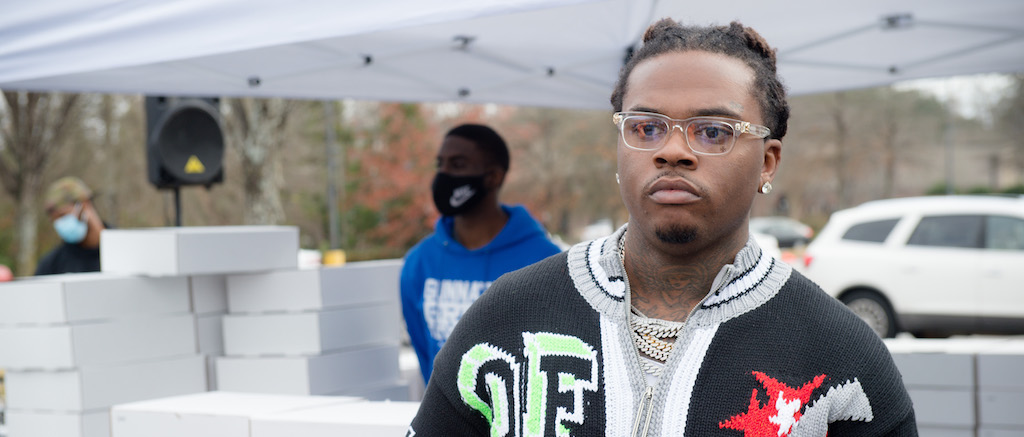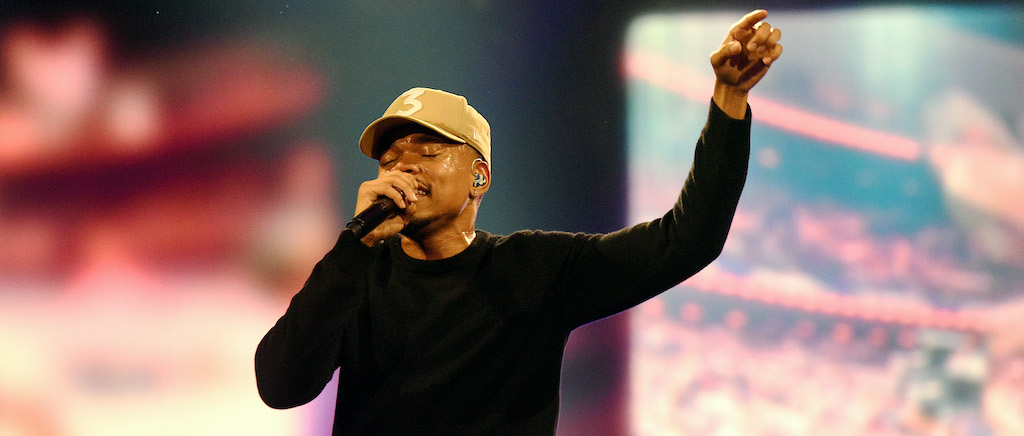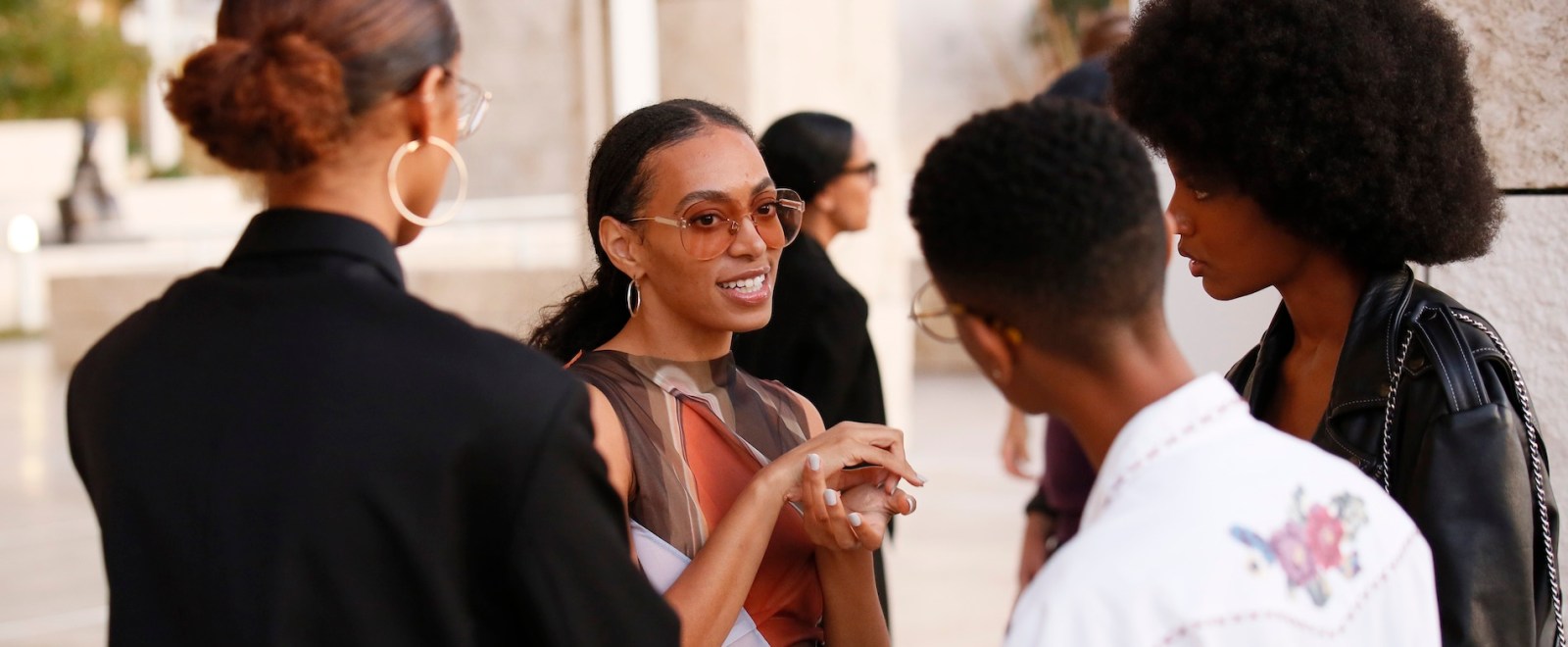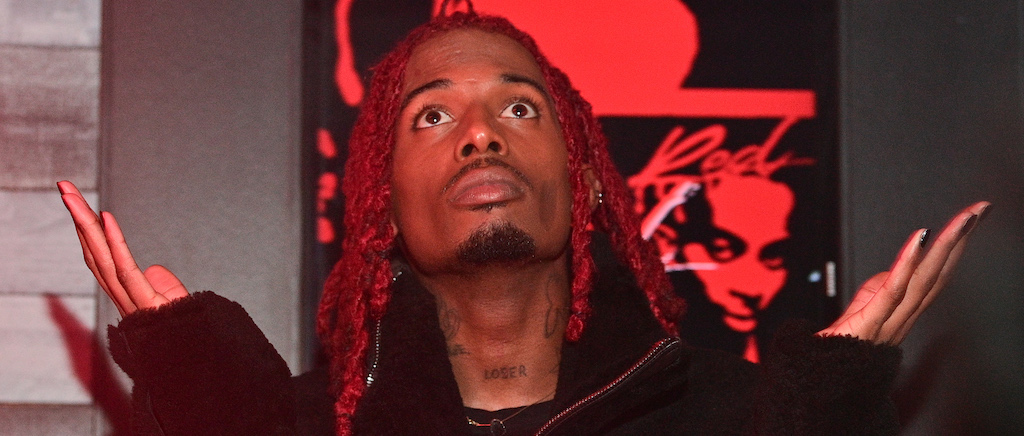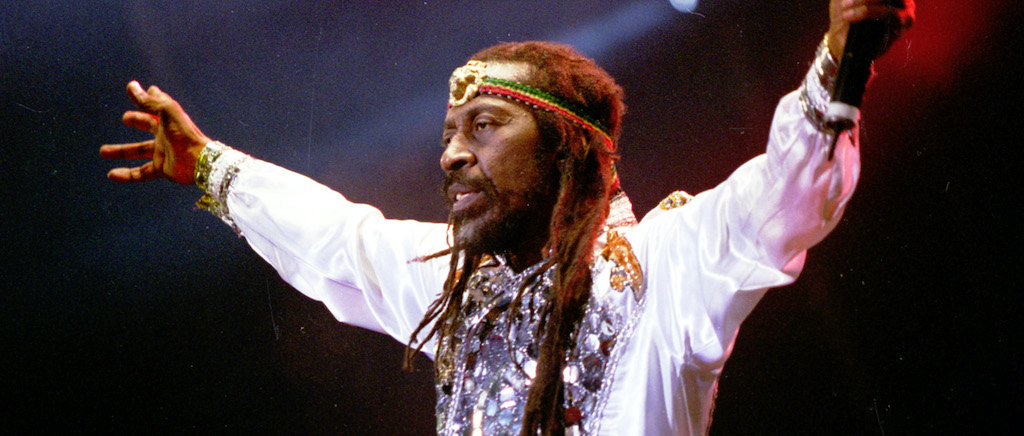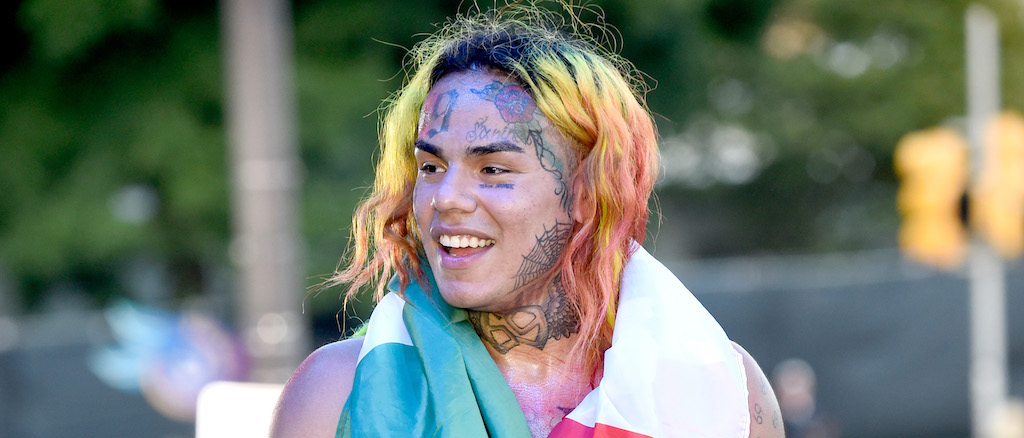Kanye West himself once joked about his tendency to blow up when he doesn’t receive the recognition he deserves. On his Late Registration song “Diamonds,” he humblebragged that he “complains about what he is owed / And throws a tantrum like he is three years old,” but concluded, “You gotta love it though — somebody still speaks from his soul.”
That tendency — though largely derided and meme-d into the ground by social media — is a big part of why he’s still around. Long after his records stopped reaching No. 1 on the Billboard charts and he alienated many of his top collaborators (not to mention, a significant chunk of his fan base), his refusal to accept “no” for an answer ensured that he remains at the forefront of pop culture.
However, with only a handful of musical releases in the last few years, it isn’t his beats or his rhymes keeping him there. Instead, it’s another thing a segment of social media mocked him for — his fashion and sneaker designs. His versatility has proved to be the key to his longevity, and now, he’s the one laughing all the way to the bank.
All the way back in 2004, when The College Dropout took radio and MTV by storm, Kanye’s interest in fashion was both evident and adamant. He insisted that he’d be one of the top designers in fashion, making style choices that were considered risqué at the time. When jerseys were big, he wore pink polos and blazers with jeans. When hip-hop buttoned up, he went full-on luxury, and then, retro.
Every time he made one of these dramatic, sartorial left turns, hip-hop followed him, usually pretty quickly and enthusiastically. So, it makes sense he believed he could take these trendsetting proclivities and carve out a second career for himself in the design world. After all, at the time, it was also something of a rap rite of passage to drop a clothing line; 50 Cent, Busta Rhymes, Eminem, Eve, Jay-Z, Nelly, Pharrell, and T.I. had all done so.
However, Kanye’s inborn stubbornness wouldn’t let him just do a clothing line — although he did try one, Pastelle, that never quite got off the ground. Instead, he insisted on applying to internships at Louis Vuitton and Raf Simons, working his way up from the bottom, and earning his credentials in that world.
Although he was mostly rejected early on, that roiling intellectual curiosity pushed him to also try his hand in sneaker design. Partnering with Nike in 2009 for the Nike Air Yeezy, he released one of the most coveted shoes in the history of sneakers, Nike’s first non-athlete signature, and a turning point in hypebeast culture. However, in typical Kanye fashion — pun 100 percent intended — he wanted more creative control and moved on after a second iteration that was possibly even more popular than the first.
Just a few years later, he took the creative experience he’d acquired at Nike and switched to Adidas, where he released the Yeezy Boost line. He also partnered with Louis Vuitton, where he “learned to design woman’s shoes for 2 years” by apparently sneaking into the Giuseppe Zanotti factory.
He eventually did get that internship, as well, putting in a few months at Fendi and deciding that, well, it really wasn’t for him. That’s okay though — despite his interest in high fashion, he was flexible about his opportunities. The footwear deals also served as his “in” for the ready-to-wear game as well, with each “Season” of his Yeezy brand bringing another wave of hype for stripped-down, luxury garments — garments that eventually helped usher in today’s athleisure dominance.
Eventually, all this versatility led to a ten-year deal with Gap last year, where he’ll have his own clothing line, Yeezy Gap, and offer “modern, elevated basics for men, women, and kids at accessible price points.” The deal will allow Ye the flexibility of selling both high and low, while his Yeezy deal makes him one of the most recognizable names in footwear — and one of the most lucrative, with Bloomberg reporting a $3 billion valuation for Yeezy last year.
Kanye’s versatility has always been the number-one attribute driving his success. When he could have maxed out as a producer, he became a rapper. When his tastes changed, he went bigger with the sound, then brought in collaborators from all over the music world. Rather than being content with his musical stardom, he pursued even more of his passions — fashion, sneakers, design — to ensure that his brand could never be limited to just one thing or subject to the ever-changing tastes of just one kind of art.
You can’t be all things to all people — something Ye hopefully learned from his disastrous political attempt last year — but you can always make sure to expand your interests so you never get stuck in one box. Ye refuses to let himself become stagnant, and that’s why — hate him or love him — he’s probably here to stay.
